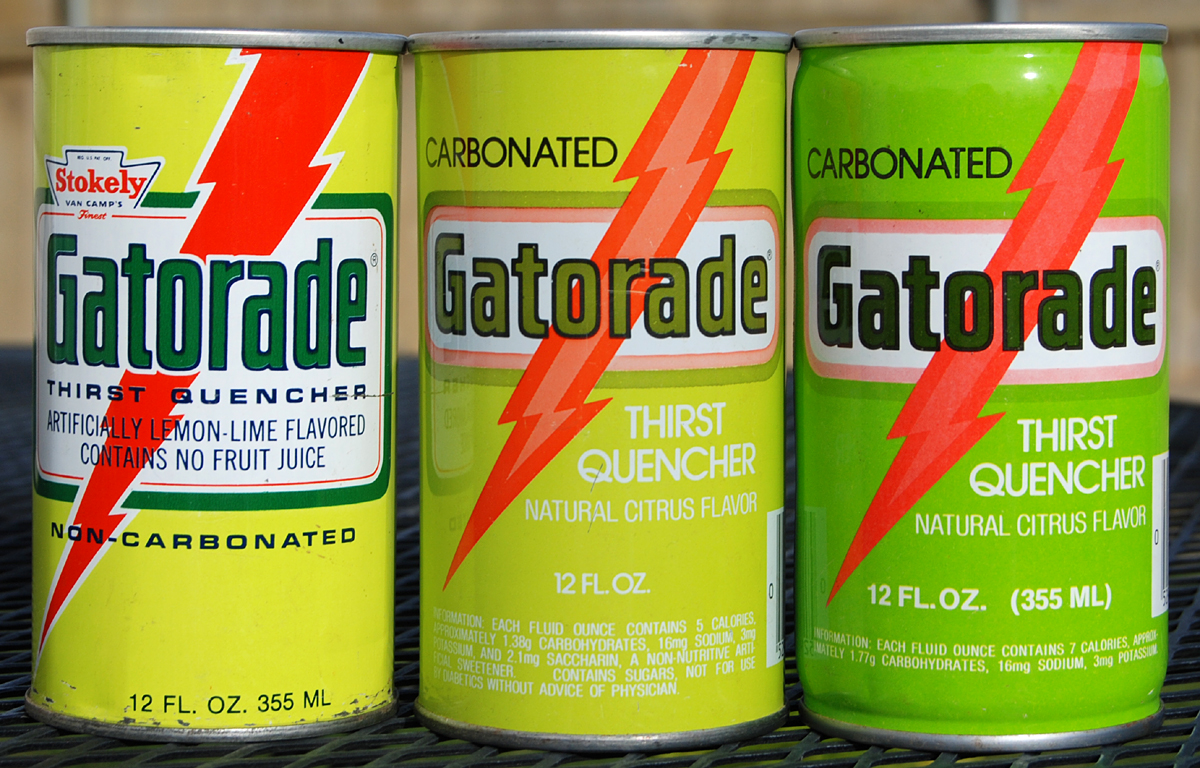Doctors Robert Cade, Dana Shires, James Free, and Alejandro de Quesada, kidney specialists at the University of Florida College of Medicine, formulated Gatorade, the iconic sports drink, in response to the problems the university’s varsity football team faced during the particularly hot-and-humid 1965 playing season. Numerous varsity players suffered heat exhaustion and dehydration. Dewayne Douglas, the assistant football coach, first sought advice from Shires about how to thwart the problem. Shires, who had played football in high school, knew well what players experienced under these conditions and approached Cade about beginning a research study to investigate.

When Cade and Shires looked at the problem of the players’ heat exhaustion and dehydration, they hypothesized that electrolyte loss was the culprit. In the 1960s, many coaches and athletes had little understanding of the benefits of hydrating while playing sports. In fact, many coaches discouraged players from consuming water, which was thought to induce sluggishness. Cade, and Shires, along with Free and de Quesada, who were Cade’s postdoctoral fellows, formulated a plan to test the thermodynamic physiology of the players during exercise. Varsity players were off limits because the University of Florida coach wanted to make sure that they did not suffer adversely if Cade and Shires’ hypothesis was incorrect. The doctors, therefore, collected sweat, blood samples, and vitals of the freshman football players to understand the physiological changes they were experiencing in the Florida heat and humidity.
The results were staggering. The players’ electrolytes were out of balance, their blood sugar levels were low, and their total blood volume was low. The doctors quickly and over several iterations developed a concoction to replicate the fluid profile the players lost during exercise. They landed on a drink with lemon, orange, and a non-nutritive sweetener that was potable, though not palatable.
The Gators’ ability to withstand the Florida heat and humidity improved upon drinking the Gatorade during the 1966 season. The team went 9-2 and won the Orange Bowl for the first time in the school’s history, beating Georgia Tech 27-12. Other teams learned of the concoction and inquired how to acquire the product. At this point, the doctors sought a way to commercialize the drink. Cade offered rights to the invention to the University of Florida, but they passed on the offer, telling Cade and his assistants to market the drink on their own.
That same year, in 1966 doctors at the Indiana University Medical School initiated the development of an artificial kidney and kidney transplant program. The university recruited Shires and de Quesada from the University of Florida to join Indiana’s kidney disease program. A third doctor, Kent Bradley, who had been one of Shires’ research fellows, also came to Indianapolis to be part of the IUSM specialty team.
In December 1966, Bradley told Alfred J. Stokely, of the food packaging company, about Gatorade during a chance meeting at a Christmas party. Stokely and upper-level executives at Stokely-Van Camp became intrigued at the possibility of bringing the product to market.
By March 1967, Stokely-Van Camp officials had traveled to Florida to sign an agreement with Cade and the rest of the Gatorade development team to investigate the possibility of launching Gatorade. The doctors sold the name, product, and exclusive marketing license to Stokely for the receipt of royalties in perpetuity. Indianapolis attorney Claude Spilman set up the Gatorade Trust that continues to exist in Indianapolis for the purpose of doling out royalties to inventors and other beneficiaries.
While Stokely initially considered changing the drink’s name to Rebound or Quench, the beverage was already well known as Gatorade, so the name stuck. In July 1967, after reformulating the drink to make it palatable, Gatorade hit the market. Stokely Van Camp sold the product in the same 32-ounce cans it used for it pork and beans, but the high salinity of the drink rusted the cans. By December 1967, the drink was sold in a glass, quart jar and marketed as the “beverage of champions.”
In 1970, the University of Florida sued the Gatorade Trust for some of the proceeds since the product was developed for the school’s football team. After a nearly three-year legal battle, the school settled with a 20 percent share of the royalties in 1973. That share has yielded more than $100 million for the school since then.
In 1983, Chicago-based Quaker Oats bought Stokely Van Camp for $230 million. PepsiCo bought Quaker Oats in 2001 and continues to own the Gatorade brand. In 2007, PepsiCo broke ground on a 1.1 million-square-foot Gatorade warehouse near the . The 105-acre site is adjacent to an already existing Gatorade bottling plant.
In 2023, Gatorade remained the go-to electrolyte drink of amateur and professional athletes around the world, generating about $18 billion in annual sales. PepsiCo distributed the product in 80 countries. It made up 67.7 percent of the U.S. sports drink market and 46 percent of the market worldwide.

Help improve this entry
Contribute information, offer corrections, suggest images.
You can also recommend new entries related to this topic.

